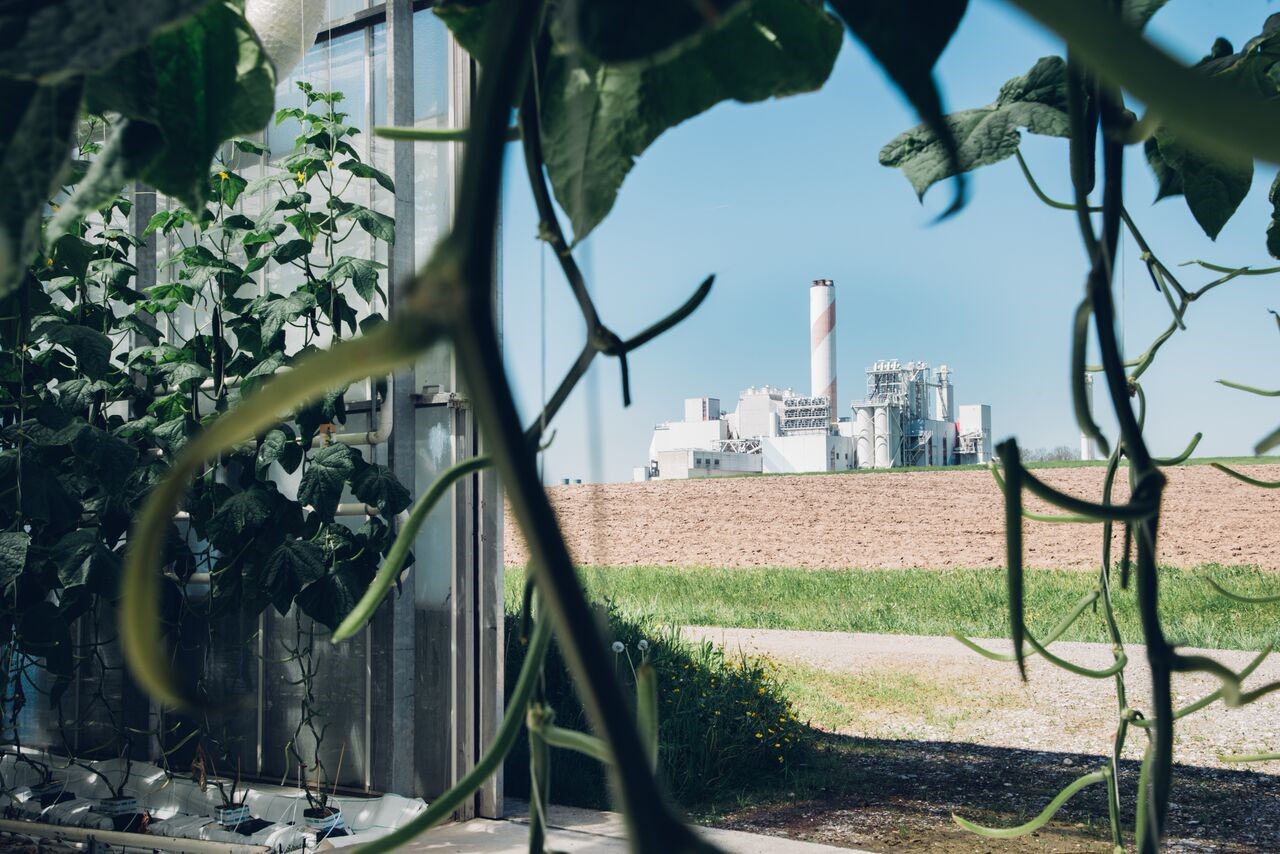
By Heather Hamilton, contributing writer
Switzerland is home to the world’s first commercial carbon capture plant, which operators claim is essential to achieving climate change goals. By sucking carbon dioxide from the air around it, the plant, which sits above a Zurich waste incineration facility, represents an important development for environmentalists.
The Climeworks carbon capture plant consists of three shipping containers stacked to hold six CO2 collectors each. According to Futurism, spongey filters absorb CO2 as fans pull air through collectors to the point of full saturation. The container then closes, and the process reverses. The collector is heated to 100°C (212°F), releasing the pure CO2 in a form that is able to be buried underground, sold, or even made into other products. The entire process takes only two to three hours.
Climeworks, a startup, says that hundreds of thousands of similar plants will be necessary by mid-century if we hope to remain below limits established by the Paris Agreement. They go on to say that, in order to keep the planet’s temperature from increasing at a rate of more than 2°C, we can’t stop at lowering global emissions.
In an article in Fast Company, Chris Field, director of Stanford Woods Institute for the Environment, said, “We really only have less than 20 years left at current emission rates to have a good chance of limiting emissions to less than 2°C. So it’s a big challenge to do it simply by decreasing emissions from energy, transportation, and agriculture.”
The New York Times reports that nearly half of Fortune 500’s biggest companies in the United States have set goals to shrink their carbon footprint, with more companies setting similar goals all the time. Retail giant Walmart has pledged to reduce their footprint by 18% by 2025 and has committed to working with suppliers to further reduce their impact. Google has also led the charge in reducing emissions, using renewable energy for power and working with renewable producers. Procter & Gamble has pledged to reduce their emissions by 30% by 2020 as compared to 2010.
Both small and large companies are responding to customer concern about climate change, even as the United States government withdraws from the Paris deal.
The efforts put forth by Climework are potentially more important then, especially because the plant can be used repeatedly on a large scale. It is also more efficient at removing CO2 than photosynthesis. Director Jan Wurzbacher told First Company, “You can do this over and over again. You have multiple units, and not all of them go in parallel. Some are taking in CO2 , some are releasing CO2 .”
Despite exciting innovations, Field discourages people from seeing this progress as an opportunity to stop caring about CO2 emissions. Technology should instead be used in conjunction with a low-carbon economy. “It’s not either/or,” according to Field. “It’s both.”
Sources: Futurism,Climeworks,Fast Company,New York Times
Image: Climeworks
Advertisement
Learn more about Electronic Products Magazine





